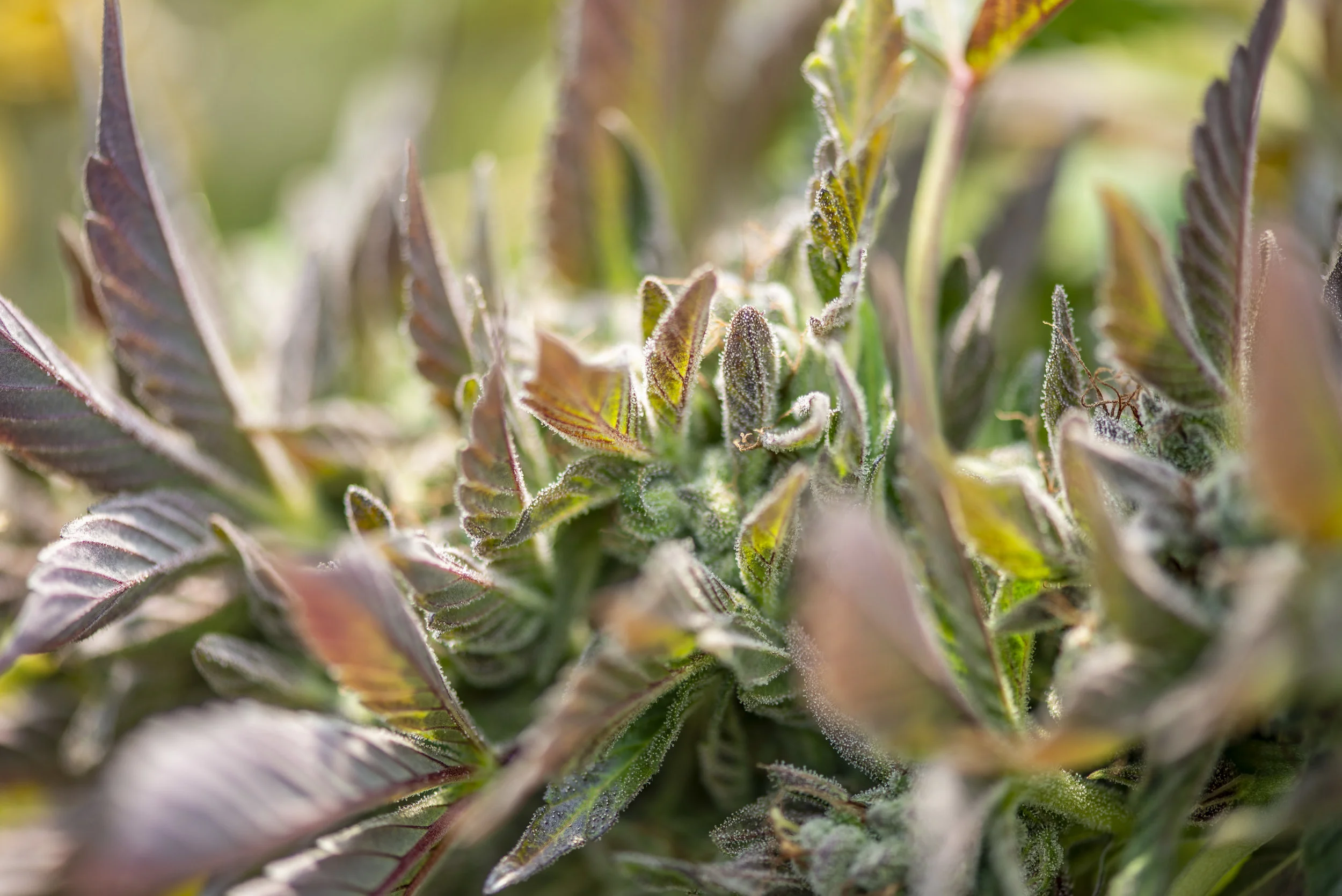In the purest sense, harm reduction strategies are efforts to reduce the effects of any harm that comes our way, whether that harm comes from natural causes, such as the inevitable break-down and need for repair of organic matter, or from external causes. such as injury, disease, or well-intentioned medical treatments.
Read MoreCannabinoids and the endocannabinoid system (ECS) encompass both ancient and complex aspects of our biology. The endocannabinoid system exists in all vertebrate species, and may have begun evolving as early as 600 million years ago.
Read MoreMedicinal cannabis is unique because dosing is patient-centered, self-titrated, and takes time for patients to find the right dose where therapeutic effects are maximized while adverse effects minimized.
Read MoreThe three most studied conditions linked to Clinical Endocannabinoid Deficiency (CED) are migraines, fibromyalgia, and Irritable Bowel Syndrome.
Read MoreThe effects of cannabis can be as variable as the individual patients who use this medicine. Learn more about therapeutic, side, and adverse effects.
Read MoreThere is clear evidence that cannabinoids can be an effective palliative care option for cancer patients.
Read MoreCannabis is a valuable ally in preventing brain injury. CBD and THC both decrease the release of glutamate, thus sparing the neurons from excitotoxicity and cell death.
Read MoreIt is known that cannabinoids reduce inflammation, and inflammation is often associated with seizures.
Read MoreThe endocannabinoid system is intimately involved with not only the ability to forget painful, damaging memories, but with fear conditioning as well.
Read MoreThe endocannabinoid system plays a significant role in the functioning and health of the gastrointestinal system. These findings support the historical use of cannabis to treat digestive disorders dating back centuries.
Read MoreTHC, CBD and beta caryophyllene (a terpene present in cannabis) have all been shown to reduce pain.
Read MoreCannabis is a complex plant medicine containing over 100 known compounds.
Read More











